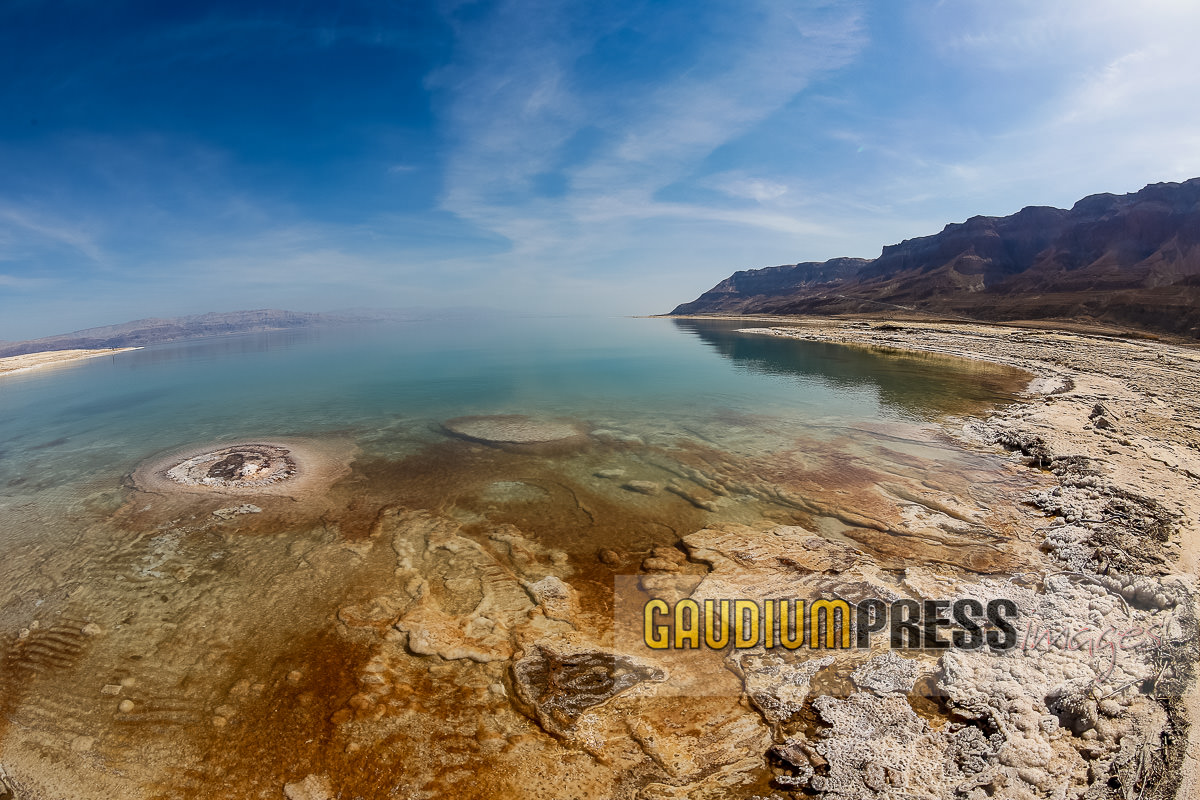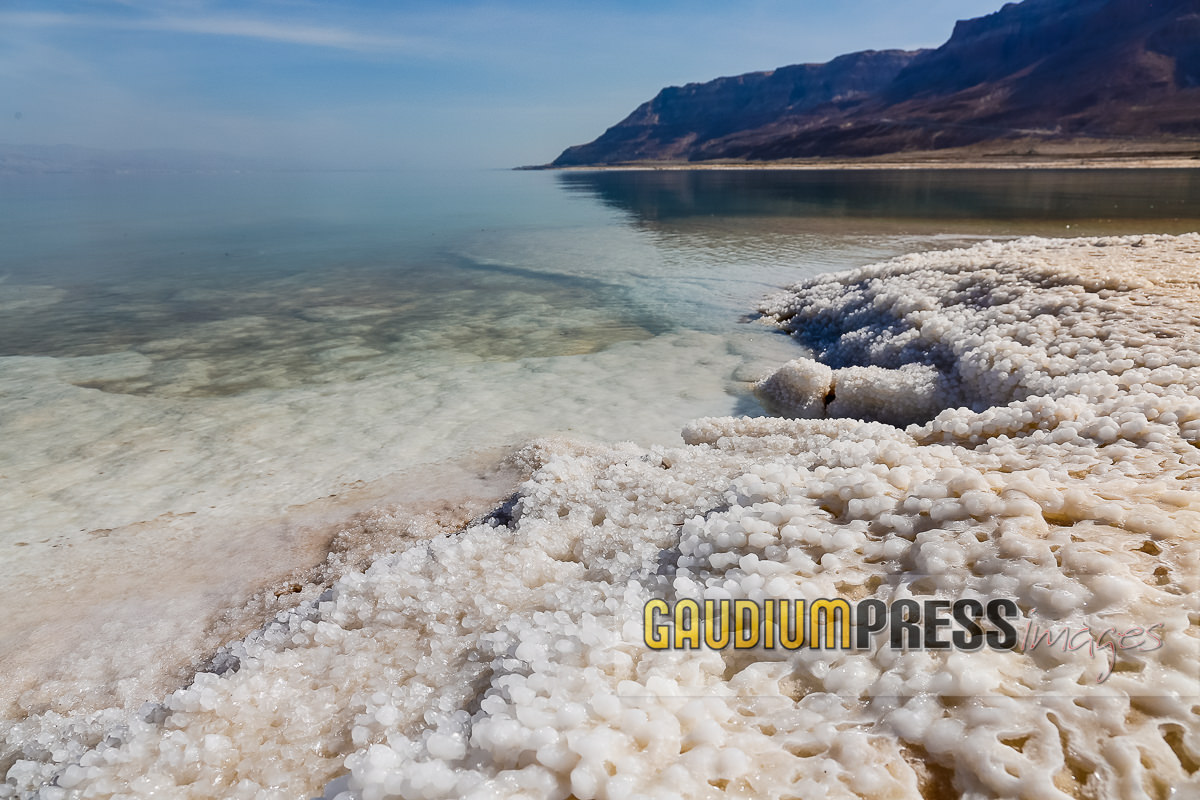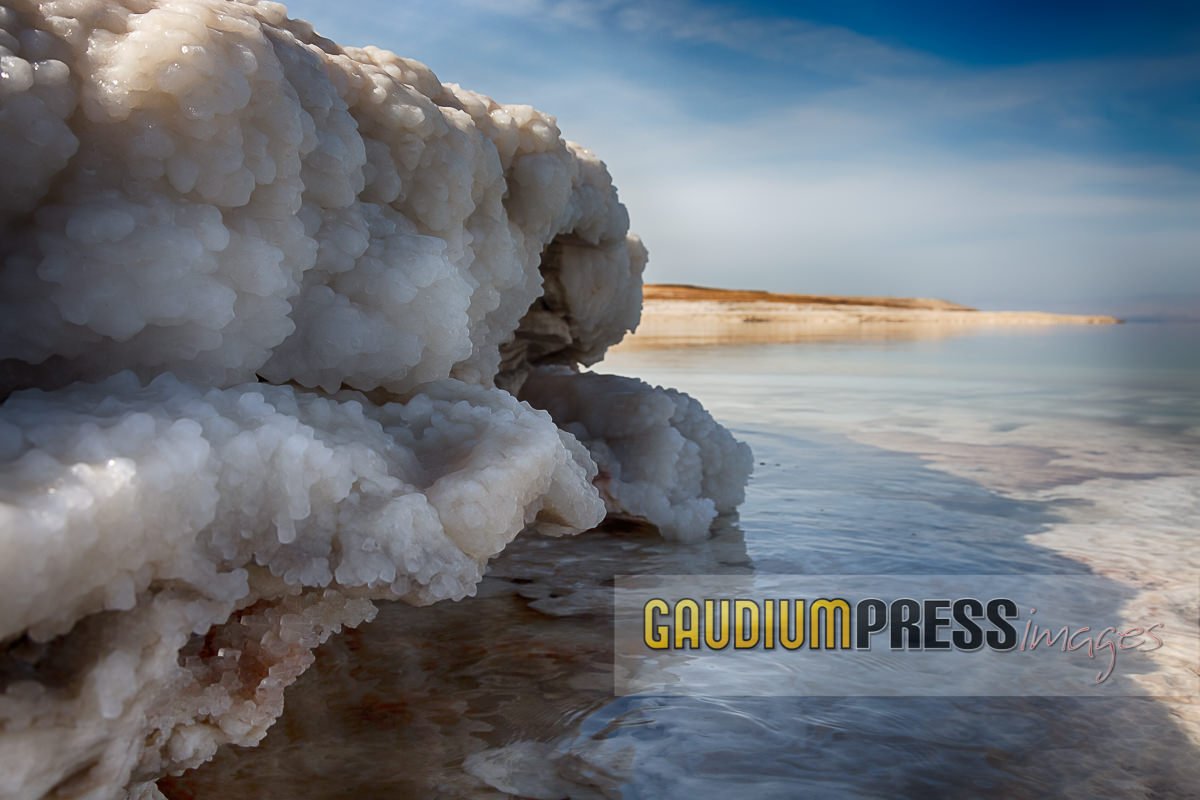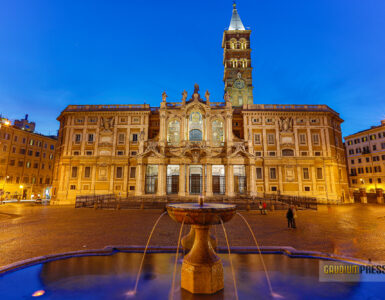The ancients called it Sea of Arabah; Bahr Lut -the Sea of Lot-; the Sea of Wilderness; Al-Baḥr Al-Mayyit -Arabic for “Sea of Death”; the Crusaders, the Sea of the Devil. In spite of names and images associated with salt and death, experts coincide that if bodies of water could be ghost towns, the Dead Sea would top the list.

Deepest hypersaline lake on earth
In turn, perhaps more on the scientific spectrum, Flavius Josephus and Pliny called it ‘Lake of Asphalt’. On a salinity content of around 34%, the Dead Sea is about 10 times as salty as the Atlantic and Pacific Oceans. No organic life can exist in it. Birds are not able to cross it. Its waters, with both the highest level of salinity and density in the world, are saturated in potash, magnesium, and bromine.
Such highly acid contents originate on the fact that every day, not less than 7 million tons of water evaporate into the air. As the minerals remain, the salt contents in the water increase rendering it hypersaline.

The discovery turned the region very attractive and profitable to the Romans. Once they dominated the Judea Province, a rigid military control was established over the roads around the Dead Sea: salt was a commodity so valuable in the ancient world, that it was used as a form of currency. The very word “salary” derives from the Latin ‘Salarium’. Rome, like many other powers of the time, paid its Legions ‘in cash’, considering salt as a precious currency as gold or silver.
One of the world’s natural wonders… in decline
As we write, the Dead Sea’s natural pace of recession has been accelerated in recent years due to several factors: a maddening high rate of evaporation (5 feet-1.6 m. annually) and large-scale irrigation projects undertaken by Israel and Jordan causing a 75 percent reduction in the incoming flow of water. Since 1960, the surface level of the Dead Sea has dropped some 35 feet (10.6 m.) Marks of the decline can be seen everywhere, affecting the biosphere.

The worst and most dangerous consequence is the apparition of large sinkholes impacting negatively on tourism and the local economies. This has costed many beaches to close over the years and millions of Shekels in repair costs for damaged roads and bridges. The wildlife residing near the Dead Sea has also been impacted.


But leaving aside conflictive policies, away from the masses of beachgoers eager to float holding a newspaper, the Dead Sea still provides a world immerse on the subtle language of salt, mystery, and silence.
Beyond health and beauty claims, much-publicized since the times of Egyptians and Romans, the silent breeze peering over green and deep blue waters, calls to thought and reflection. Set on the rose coloured ridges of Jordan as a background, the blue lifeless waters call to mind that life is a precious treasure; a divine gift; a that can only be rendered useless by the dense, evil salts of pride, destruction, and death.

_______________
Tips for visiting
How to get there:
Geting there is extremely simple and safe. From Jericho, take Highway 90 south. After passing Qumram, continue some more km to Ein Gedi.
What to Pack
If you are hiking, Sunglasses and a hat are always a must. Remember: even in Winter, you’ll find the sunlight is stronger than what you’re accustomed to.
Next: this is a desert after all; pack plenty of water.
And one more thing: Israel’s holy places are very strict on dressing codes. Dress accordingly.
Don’t forget a comfortable hat and comfortable shoes, or your already trusted and well-worn hiking boots;
As per other important tips for traveling in the Holy Land, visit our post on Qumram.
Highlights to Visit in the Area
Qumram
Ein Gedi
Massada
Jericho
The Judean Wilderness
Recommended websites
Bibleplaces.com – a must-read when preparing your visit to the Holy Land.
Enot Tsukim Nature reserve Helpful for local guided tours.
Jewish virtual library – An article about the dead sea and the surrounding area.
Dead Sea (Tourist Israel)




















Add comment